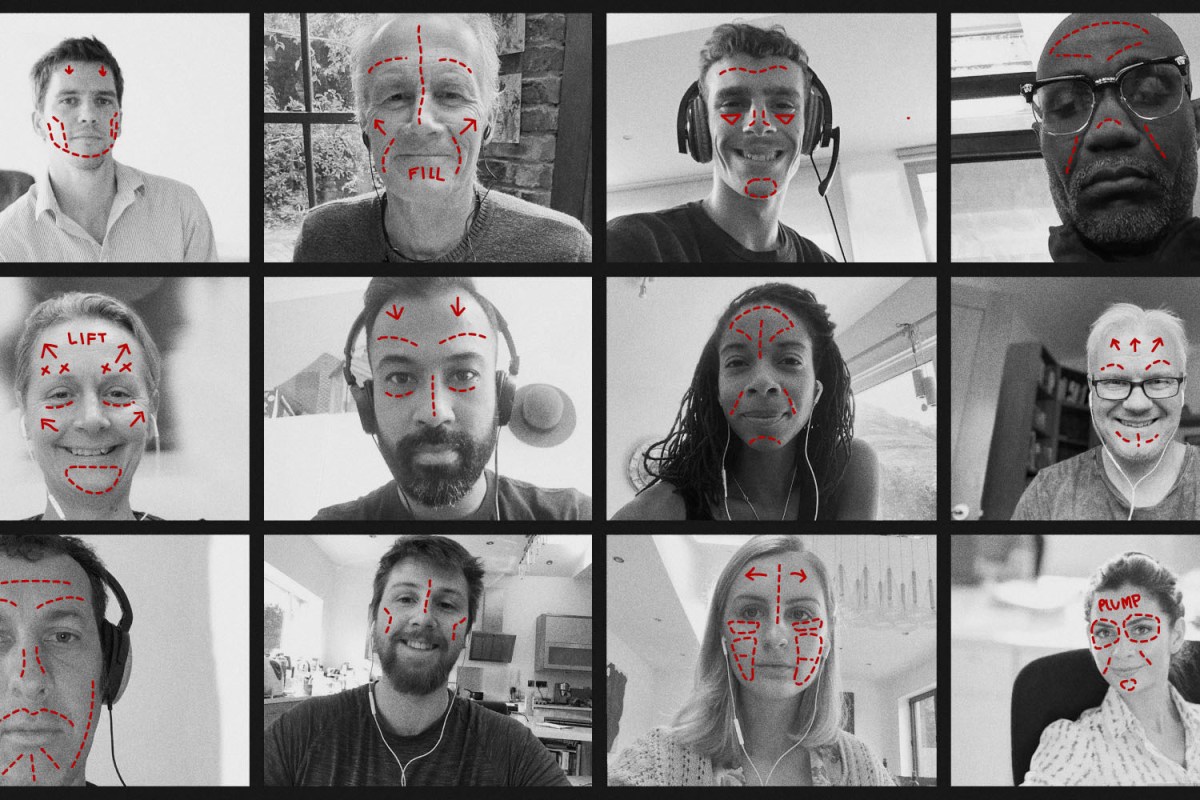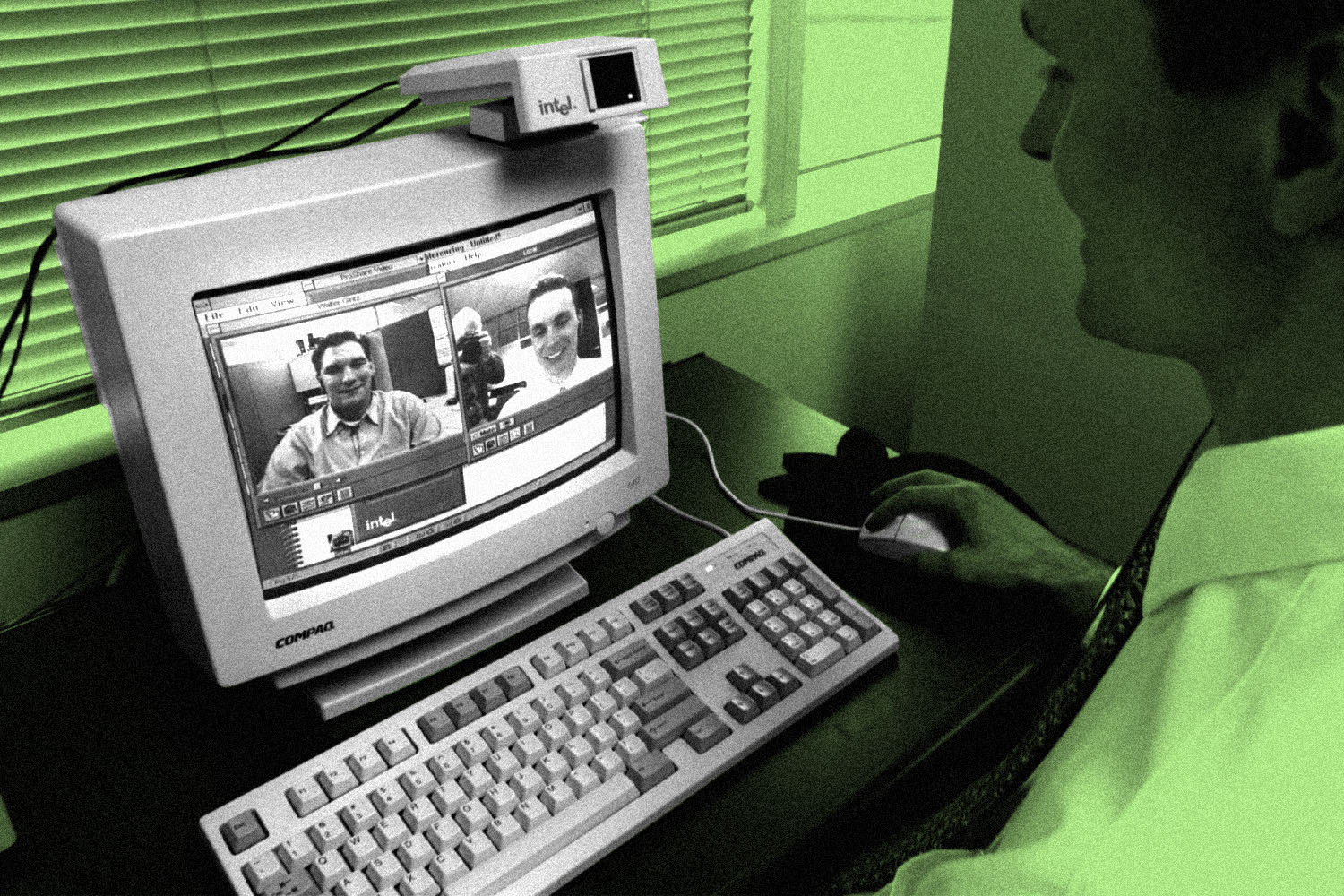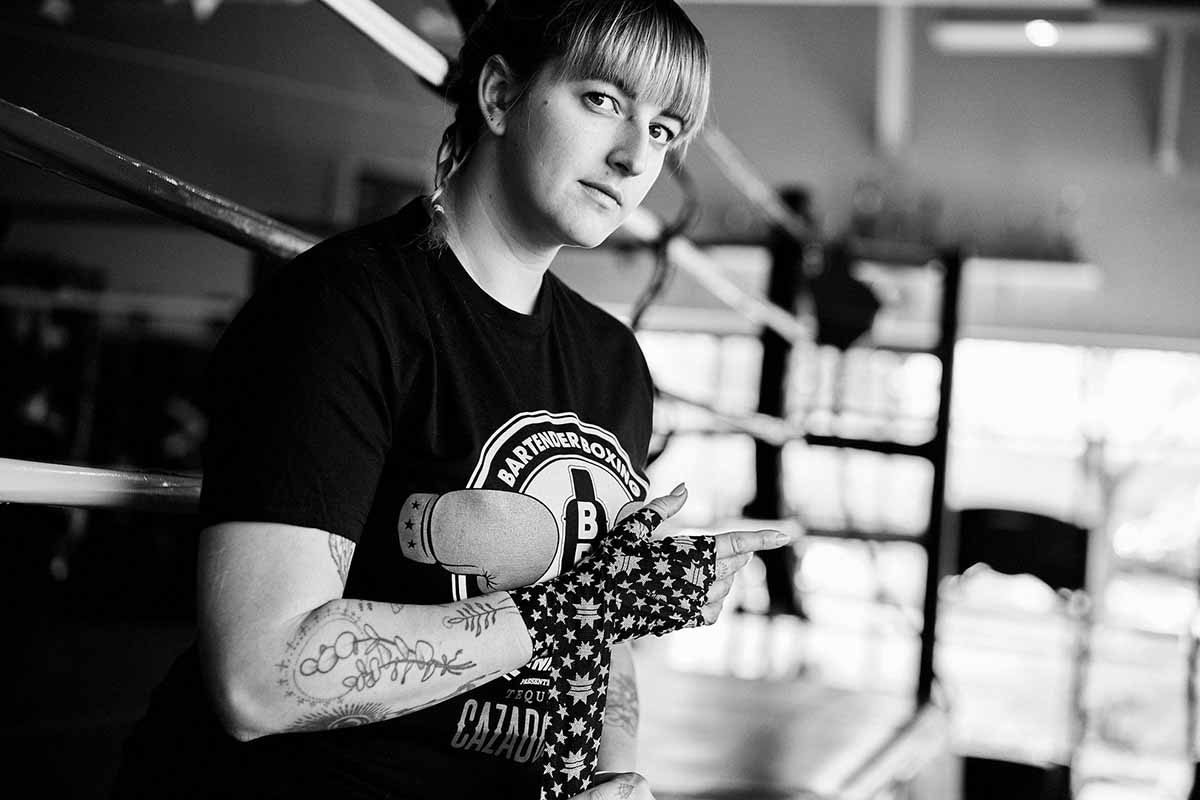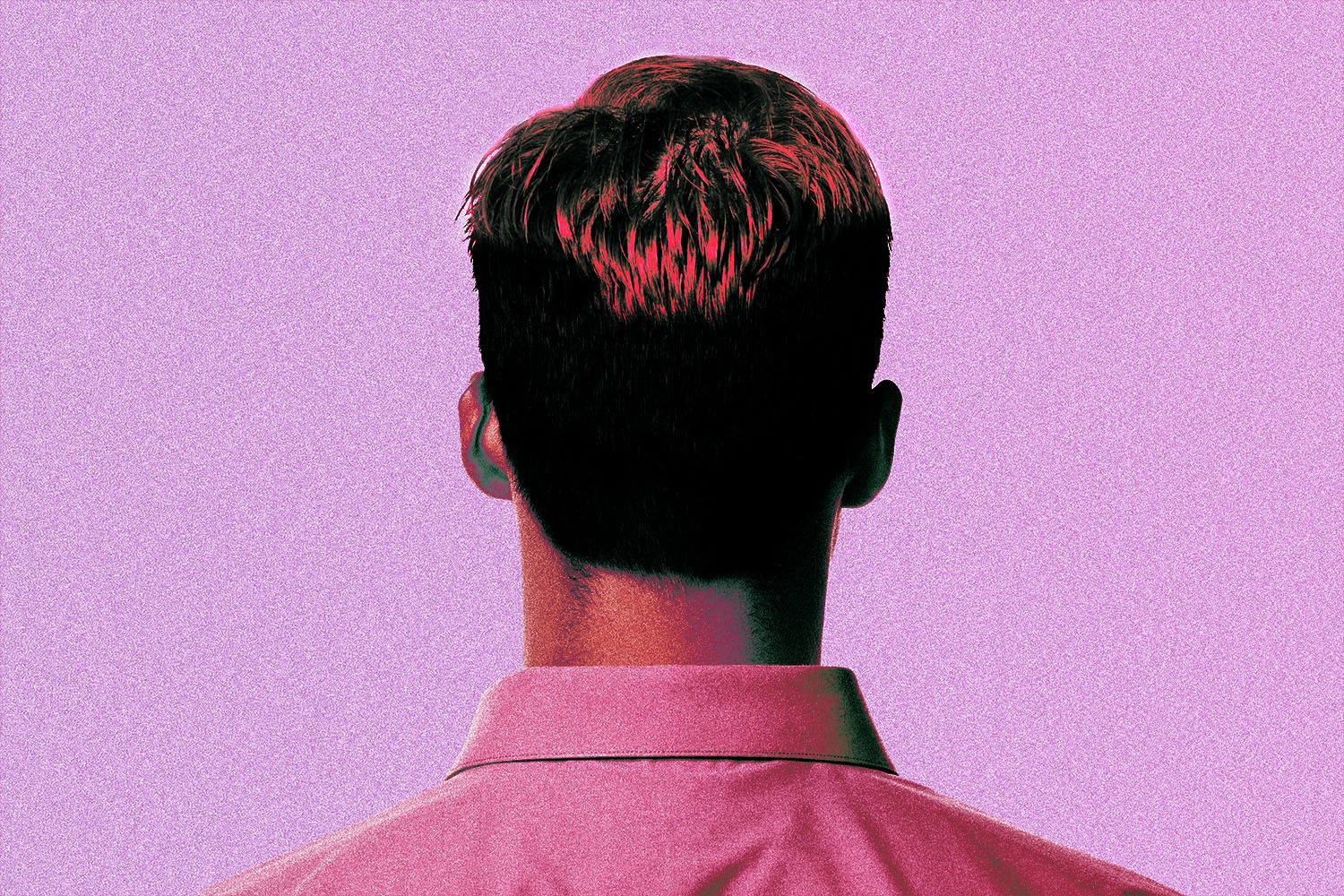For years, Marie, a pseudonymous woman living in the Bay Area, subjected herself to extraordinary levels of vulnerability: She taught English to high school freshmen.
“Fourteen-year-olds are some of the most judgemental people on the planet,” Marie says. “I stood in front of them for hours every day and I did not feel the level of self consciousness that I started to feel when I had to be on Zoom all the time.”
The 27-year-old is between careers now, working toward a project management graduate degree. Still, if she wanted to continue her studies this past pandemic year, like so many more students, professionals, or anyone else seeking connectivity with others, Marie was forced to fire up video-conference calls.
She’d been effectively treating her OCD and anxiety disorder since diagnosis at 22, utilizing breathwork and meditation, while at times engaging in cognitive behavioral therapy and various types of exposure therapy. But thanks to COVID-19-induced social distancing, for the first time Marie became aware of another disorder she’s living with.
“I was really sensitive about my nose for a long time when Zoom started,” Marie says. “When I would see myself on Zoom, if the lighting wasn’t right, it really triggered me, really upset me; I was checking it all the time.” She discloses that the obsession “dominated probably eight to 12 hours of my day.” At one point, Marie became convinced she was going to seek a non-surgical nose job. “That’s pretty extreme for my general personality,” she says.
Marie’s hardly alone in this struggle, and her symptoms have already been tabulated as “classic” for a new phenomenon affecting mental health called “Zoom dysmorphia.”
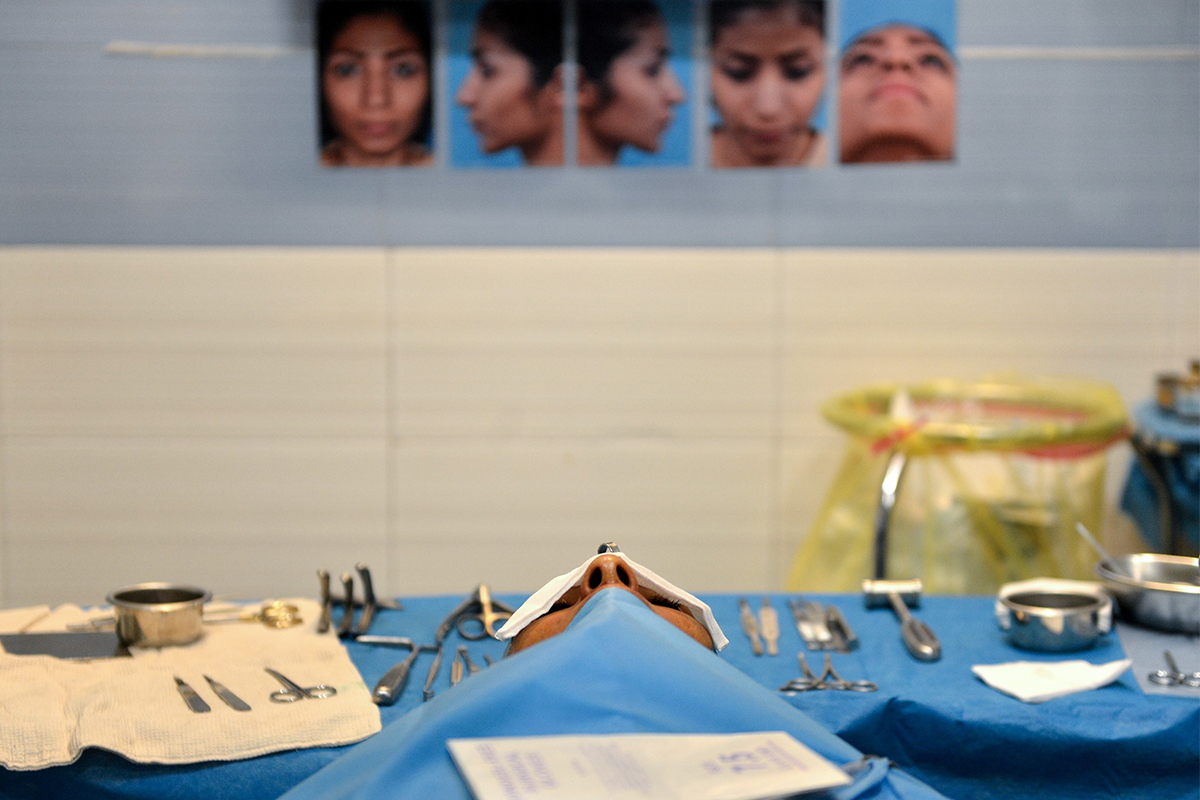
Given its moniker this past November in an editorial co-written by board-certified dermatologist Arianne “Shadi” Kourosh, Zoom dysmorphia occurs when a person fixates on perceived flaws in their appearance that reveal themselves during video-conference calls. “A life disproportionately spent on Zoom may trigger a self-critical comparative response that leads people to rush to their physicians for treatments they may not have considered before months confronting a video screen,” Kourosh and two colleagues wrote.
Kourosh, who’s also an assistant professor of dermatology at Harvard Medical School and director of the Pigmentary Disorder and Multi-Ethnic Skin Clinic at Massachusetts General Hospital, tells InsideHook that after the editorial was published, the term she coined “took off.” She says “Zoom dysmorphia” gained so much notoriety because it gave a name to something so many others in the medical community — and society at large — were keenly observing. “I started getting calls from lots of different journalists and there was a lot of buzz on social media,” Kourosh says.
However, there was no hard data to back up what she and other dermatologists had discussed about Zoom dysmorphia. Finally, though, after collaborating with four other colleagues on a survey of 134 dermatological providers across the United States, that data emerged. They published a report in the International Journal of Women’s Dermatology this past January, after finding that more than half of the medical professionals they surveyed had noticed an increase in patients seeking cosmetic consultations, compared to pre-pandemic times. A whopping 86 percent of them said they’ve had patients cite video-conferencing calls as a reason to consider changes to their appearance.
This isn’t just an American trend, either. According to a BBC article from September 2020, the British Association of Aesthetic Plastic Surgeons said its doctors were reporting up to 70-percent increases in requests for virtual consultations during the initial stages of the pandemic. And Dr. Zama Tladi, head of a medical aesthetic clinic in Pretoria, South Africa, tells InsideHook she’s also observed a significant increase in clients requesting changes to their appearance, who indicated they were spurred by dissatisfaction in the way they look on video-conference calls.
“I see a lot of people coming in for their receding hairlines,” Tladi says, adding that her clients have also asked her to eliminate the lines around their mouths, which are called nasolabial folds. “A few other people have complained about wrinkles that they have close to their eyes,” she continues, while some of her clients also see problems with skin pigmentation. They would rather undergo a procedure of some kind to “correct it” permanently instead of continuously putting on makeup.
For those people living with body dysmorphic disorder (BDD), though, this type of behavior is nothing new. Pandemic conditions have simply generated a fresh way for BDD symptoms to manifest. If there’s a true medical diagnosis to be made here, it’s not “Zoom dysmorphia,” but BDD.
“Body dysmorphic disorder is a preoccupation with … any aspect of one’s appearance,” says Fugen Neziroglu, Ph.D., a board certified psychologist and executive director of the Bio Behavioral Institute treatment and research center on Long Island. “They become not only preoccupied but engage in compulsions and/or avoidance behaviors.” The behavior can range from constantly looking at a reflective surface to only offering glimpses of a certain profile that they’re comfortable with, she says.
“Many people think they’re vain, narcissistic; it’s just the opposite,” Neziroglu continues. “These individuals feel very ugly and they want to hide from others; they’re not looking to be noticed.” She adds that these individuals “have an idea of how they would like to look and they pursue any way they can change the way they appear.” This can be cosmetic surgery or more affordable options like constantly pushing up their noses or straightening their teeth with a nail file. They might also just hide their perceived flaws as best they can.
Why is Zoom the perfect playground for BDD symptoms? In large part because what we see on the screen is not an accurate representation of what we look like. Lens size and subject distance are crucial considerations in photography, dramatically affecting how a subject appears. Faces on video-conferencing platforms are most often shot on a tiny lens from up close, which creates an image that Kourosh compares to a circus mirror.
“We found evidence that front-facing cameras on our devices, like our laptops and cellphones, actually alter proportions even more” than professional-grade cameras, Kourosh says. “People were staring at their own reflection for hours on end in a way that is unnatural and in a way that society hasn’t seen until the pandemic. People were staring at a distorted reflection for hours.”
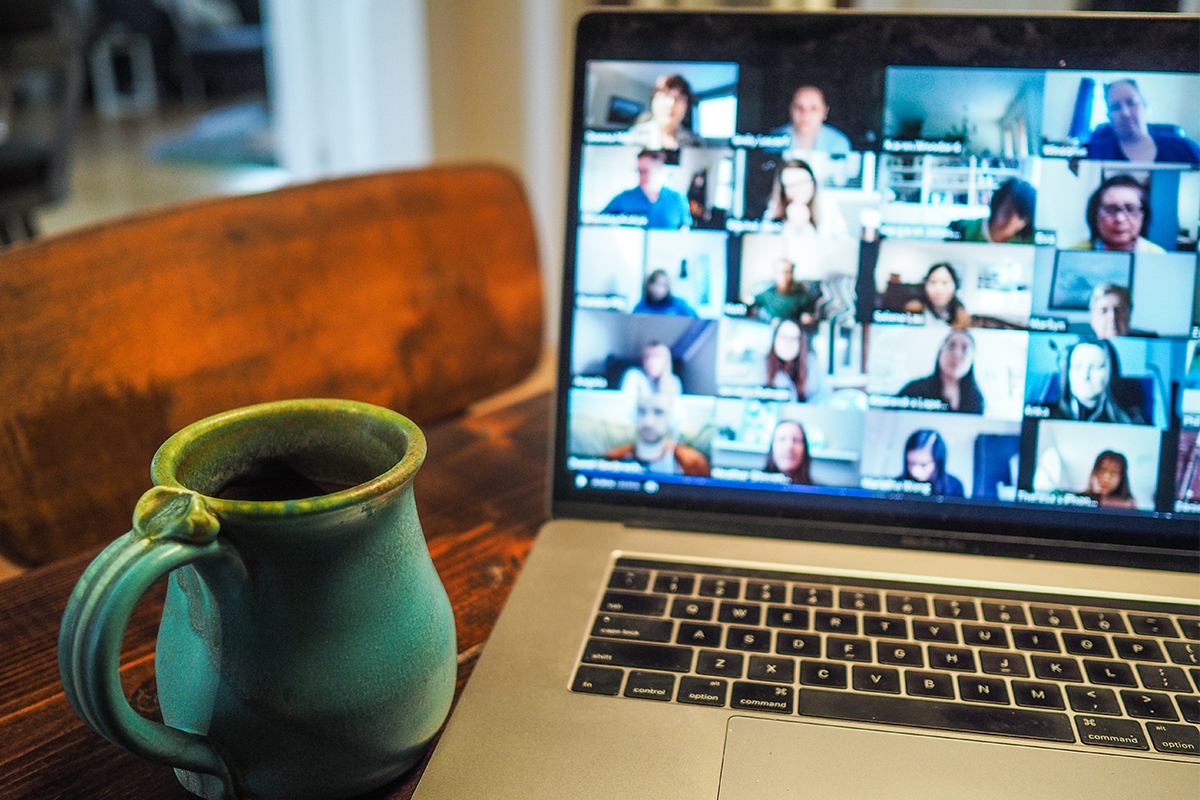
Throw a fistful of isolation into this recipe — where self-esteem-boosting, in-person social support from friends and family is nowhere to be found — plus a generous dose of downtime, which allows for extra rumination on those unhealthy thoughts, and, voilà! You’ve got yourself a BDD banquet, with Zoom dysmorphia as the main course, perhaps served after an appetizer of Snapchat dysmorphia.
The social-media-induced, elder half-sibling to the video-conferencing-based Zoom dysmorphia, Snapchat dysmorphia is — you guessed it — when people fixate so much on their appearance through app photo filters that they seek plastic surgery so their IRL faces can match it. A medical journal paper published in 2018 tied Snapchat dysmorphia to BDD, and Kourosh says some Snapchat dysmorphia cases are so profound that people seek alterations that no amount of plastic surgery could solve. “We can’t make someone’s eyes larger or change the size of their head in some degree,” Kourosh says.
With the rise of social media filters and now the troubles with video-conferencing platforms — which have their own “enhancement” features — Kourosh observes, “People are losing touch with what the normal aesthetic proportions of the face actually look like.” She says individuals who are seriously considering body alterations should consult board-certified dermatologists or plastic surgeons because “the doctor-patient relationship is very protected” and these specialists “have some awareness of body dysmorphic disorder.”
“The good surgeon is the one who knows when it’s time not to operate,” Kourosh adds.
At Nubian Medical Aesthetics in South Africa, Dr. Zama Tladi says that when clients make requests that seem to emanate from BDD, she asks them to see a mental health specialist first. “You get people who are complaining of more than two things in the face and you can hardly notice where the problem is; you can’t really see it yourself with your eyes,” Tladi says. “I can’t be fixing something I can’t even see with my eyes.” With very few exceptions, however, these individuals show up back in her office after a couple weeks, seeking the same procedure.
Out in California, the graduate student Marie’s Zoom dysmorphia has, unfortunately, morphed. “I was fixated on my nose for months,” she says. “Then I was fixated on my teeth, and I don’t have an explanation for that change; it’s not like people were making fun of me and then they stopped making fun of me.”
If there’s a silver lining in Marie’s case, however, it’s that her battles with anxiety and OCD have strengthened her against Zoom dysmorphia. (In fact, BDD is related to OCD and “overlaps” with social anxiety disorder. Many who struggle with one find themselves facing off with the others as well.) The exposure therapy solutions she’s familiar with have helped her out with Zoom dysmorphia of late, saying she’s become more comfortable on the platform.
“Like everything else in anxiety, [with Zoom dysmorphia] you have to pace and expose the individual to their feared situations in a gradual manner in which they can tolerate it,” says the Long Island-based OCD specialist Neziroglu, who’s authored multiple books on obsessive-compulsive behaviors, including BDD. “I would be in favor of them initially, until they know how to deal with it, perhaps not doing the video [calls], and then maybe sit far away as they’re doing it and gradually sit closer and closer to the camera.”
Part of Marie’s self-prescribed exposure therapy: talking to this reporter over Zoom.
Upon its conclusion, when I ask Marie how the video interview went for her, she says, “It’s actually been great.”
She did deliberate on where to sit for the chat, finding a spot in her home with what she judges as favorable light. Regardless, like with her Zoom classes, she powered through the ordeal with motivating factors behind her.
“I think it’s really important to talk about mental health,” Marie says, “and I love that it’s become more common to talk about.”
Whether you’re looking to get into shape, or just get out of a funk, The Charge has got you covered. Sign up for our new wellness newsletter today.
